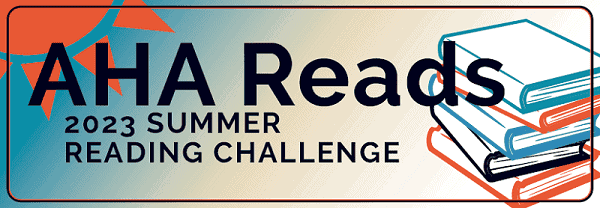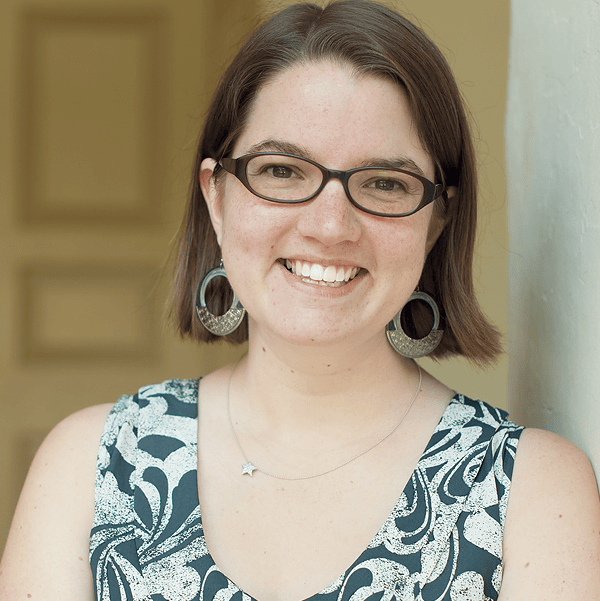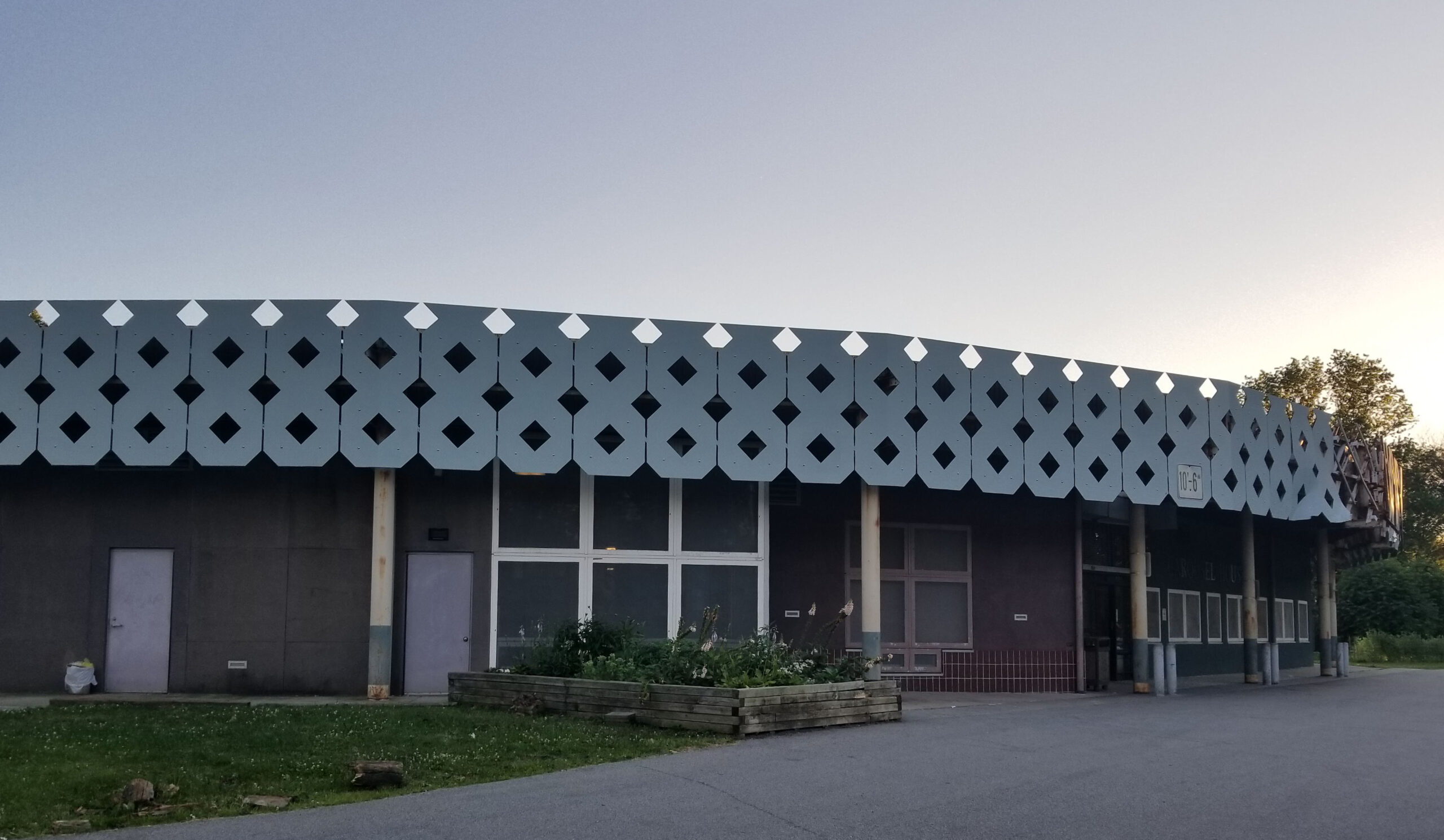As summer comes to a close, the third and final month of the AHA Summer Reading Challenge ends with it. We asked AHA members, Council, and staff to share with us what history they had read in August to finish their #AHAReads bingo cards, and we’ve compiled some of their responses.

Read a history written for young readers.
Debbie Ann Doyle (AHA meetings manager) was looking for a book that would interest her 14-year-old son too, so she picked Flesh and Blood So Cheap: The Triangle Fire and Its Legacy by Albert Marrin. (Though he hasn’t picked it up, Debbie’s husband is interested, so she’s calling it a win.)
Meg Smith (Southern Illinois Univ. Edwardsville) enjoyed Schomburg: The Man Who Built a Library by Carole Boston Weatherford and illustrated by Eric Velasquez so much, she plans to read it again with her nephews.
Read a history of your local community or state.
Contemporary education debates make it an ideal time to learn about “massive resistance,” so Laura Ansley (AHA senior managing editor) picked up Keep on Keeping On: The NAACP and the Implementation of Brown v. Board of Educationin Virginia by Brian J. Daugherity.
Constance Schulz (Univ. of South Carolina, emeritus) found a fascinating account of the enslaved men and women of Prince George’s County, Maryland, in William G. Thomas III’s A Question of Freedom: The Families Who Challenged Slavery from the Nation’s Founding to the Civil War.
For Patrick Sheridan (Univ. of Georgia), what could be more local than Coca-Cola? He read Bartow J. Elmore’s Citizen Coke: The Making of Coca-Cola Capitalism.
Meg Smith also read Vivian Gibson’s memoir, The Last Children of Mill Creek, about St. Louis’s Mill Creek Valley neighborhood.
Melissa Ziobro (Monmouth Univ.) went for something very Central Jersey: Lorraine Mangione and Donna Luff’s Mary Climbs In: The Journeys of Bruce Springsteen’s Women Fans.
Read a graphic history.
Katharina Matro (Walter Johnson High School and AHA Council) chose Marjane Satrapi’s The Complete Persepolis, translated by Anjali Singh, which was also a book club pick for the OER Project.
Read a history written by someone with a different background from your own.
Joseph Adelman (Framingham State Univ.) checked out the memoir My Life with Benjamin Franklin by Claude-Anne Lopez, a former editor of the Papers of Benjamin Franklin.
Claire Mayo (Univ. of Tennessee, Knoxville) read APoetics of Relation: Caribbean Women Writing at the Millennium by Odile Ferly.
Meg Smith has been meaning to read Robin Wall Kimmerer’s Braiding Sweetgrass: Indigenous Wisdom, Scientific Knowledge, and the Teachings of Plants, and it has “repaid the wait!”
Read a history that’s been on your shelf for too long.
After over a decade of wanting to read it, Laura Ansley has finally finished Margaret D. Jacobs’s White Mother to a Dark Race: Settler Colonialism, Maternalism, and the Removal of Indigenous Children in the American West and Australia, 1880–1940.
Darcy Fryer (Brearley School) read Abina and the Important Men by Trevor R. Getz and illustrated by Liz Clarke, which she’s looking forward to teaching in a world history course.
Claire Mayo also read The Butcher’s Tale: Murder and Anti-Semitism in a German Town by Helmut Walser Smith, a favorite microhistory among her grad school peers that allowed her to reconnect with them.
Patrick Nichols (Livonia, Georgia) finally picked up Matthew F. Delmont’s Half American: The Epic Story of African Americans Fighting World War II at Home and Abroad.
Michael Novak (Washington, DC) read Fighting without Fighting: Kung Fu Cinema’s Journey to the West by Luke White.
Amy Rohmiller (librarian, Kettering Health) found that Elaine Weiss’s The Woman’s Hour: The Great Fight to Win the Vote was a good deep dive into the ratification of the 19th Amendment.
Rebecca L. West (AHA operations and communications assistant) called Moonbound: Apollo 11 and the Dream of Spaceflight by Jonathan Fetter-Vorm “a lovely an accessible graphic history!”
Read a history published before 2000.
Constance Schulz also read Lemon Swamp and Other Places: A Carolina Memoir by Mamie Garvin Fields with Karen Fields, which she highly recommends for undergraduate reading and discussion.
Read a piece of historical fiction set in the time or place you study.
Rebecca Brenner Graham (Madeira School) visited an alternative history of Alaska with Michael Chabon’s The Yiddish Policemen’s Union.
Brittany Huner (Univ. of North Texas) picked a book about the WAVES for this task with When Tides Turn by Sarh Sundin.
Emily Matson (Coll. of William & Mary) called When the Emperor Was Divine by Julie Otsuka “heartbreaking yet beautiful” with a final chapter that is “especially haunting.”
Patrick Nichols called Weina Dai Randel’s The Last Rose of Shanghai “a highlight of the summer.”
Read a history that’s been challenged or banned.
Laura Ansley found How the Word Is Passed: A Reckoning with the History of Slavery across America by Clint Smith to be a riveting read.
Brittany Huner also read the classic historical novel Beloved by Toni Morrison.
Inspired by #AHAReads participant Kara Swanson, Michael Romero (Colonial Williamsburg Foundation) picked up Queer, There, and Everywhere: 27 People Who Changed the World by Sarah Prager and illustrated by Zoe More O’Ferrall.
Rebecca L. West also read David Grann’s Killers of the Flower Moon: The Osage Murders and the Birth of the FBI, which has been challenged in Oklahoma in relation to legislation banning critical race theory.
Read a history of a place you know little about.
Laura Ansley took a trip north with Bathsheba Demuth in “The Walrus and the Bureaucrat: Energy, Ecology, and Making the State in the Russia and American Arctic, 1870–1950” (American Historical Review, 2019).
Claire Boyle (DePaul Univ.) enjoyed Serhii Plokhy’s “longue duree approach” in The Russo-Ukrainian War: The Return of History.
Darcy Fryer also read Workshop of Revolution: Plebeian Buenos Aires and the Atlantic World, 1776–1810 by Lyman L. Johnson, which she called “a rich reconstruction of social history.”
Alexandra F. Levy (AHA communications manager) went to Silicon Valley with Walter Isaacson’s biography Steve Jobs.
Tanya Roth (Mary Institute and Saint Louis Country Day School) read The Wager: A Tale of Shipwreck, Mutiny, and Murder by David Grann.
Gary Shea (Milwaukee, Wisconsin) checked out Fola Fagbule and Feyi Fawehinmi’s Formation: The Making of Nigeria from Jihad to Amalgamation.
Lindsay Passenger Wieck (St. Mary’s Coll.) enjoyed David A. Chang’s exploration of how Hawaiians navigated their world after Captain James Cook’s 1778 arrival in The World and All the Things upon It: Native Hawaiian Geographies of Exploration.
Thank you to everyone who participated in #AHAReads. We’re already cooking up a winter edition for later this year! We hope you’ll fill out our brief survey. Your responses will help us improve future AHA reading challenges. And be sure to download the #AHAReads bookmark, which we offer as a small token of our appreciation for the time you spent with us this summer.
This work is licensed under a Creative Commons Attribution-NonCommercial-NoDerivatives 4.0 International License. Attribution must provide author name, article title, Perspectives on History, date of publication, and a link to this page. This license applies only to the article, not to text or images used here by permission.


